Taking the Buck by the Horns…
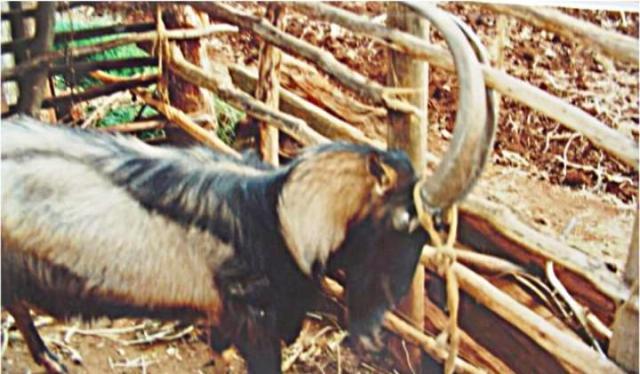
Horns come in handy for a lot of things. This German Alpine Buck is father and grandpa of many of our crossbred goats here in Burundi.
A while back Rachel Laudan put up a link that explains the Royal Agricultural Show in the UK was would no longer be operating, due to lack of funds and other problems. Given the changes in modern farming described in the article, this seems inevitable.
In Africa, however, these kinds of events continue to play a very important role, especially in ex-British colonies. During the colonial period, national and international agricultural shows were organized, and following independence these have continued in some countries. They are both a means of exchanging information and techniques, as well as simply having a lot of fun.
In countries where transportation, communication, and access to new technologies are still problematic, these events will likely continue sometime into the future. Not a bad colonial legacy, I would argue.
My familiarity with them comes primarily from Kenya, where new breeds of livestock are exhibited, wonderful cheeses and other products are shown off and sold, and competitions of many kinds are held. These pictures show how a goat farmer – a retired school teacher in Kenya – has profited from his participation in Agricultural shows and related training events, and how we – in turn – have benefited from the goats that he has bred by importing offspring to Burundi:

A retired school teacher in Kenya who, thanks to agricultural shows and related training, is now raising some of the finest dairy goats in the country.
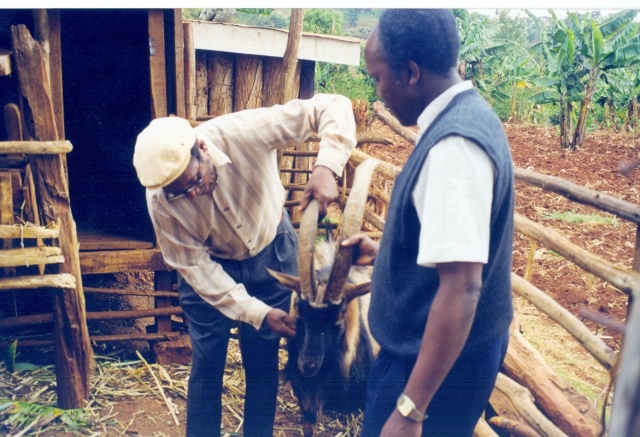
Showing off a prize buck - a purebred German Alpine, some of whose offspring we imported here to Burundi for crossbreeding. The buck

Explaining that the current raised goat house allows for urine and manure to drop through, to be collected and used on fodder crops. A second raised goat house is being built.
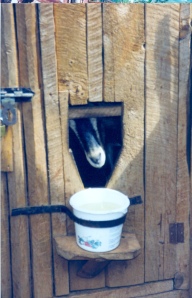
A
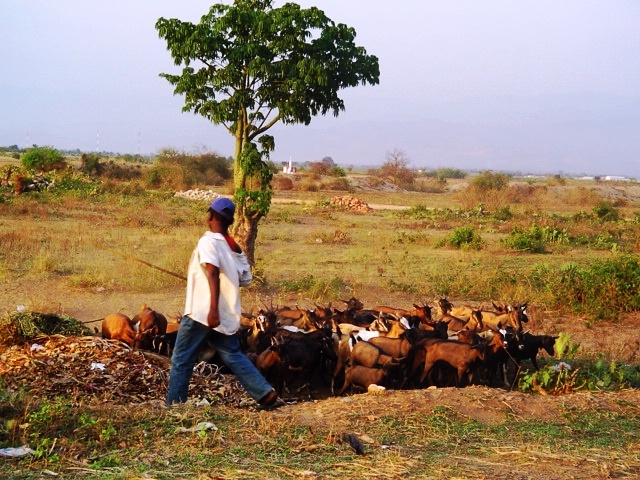
About 10 of the bucks in our senior buck multiplication herd here in Burundi are sons of the Kenya buck shown above.
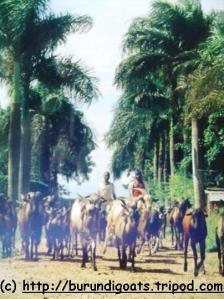
Our senior buck herd leaving the old compound for the Imbo plains along Lake Tanganyika




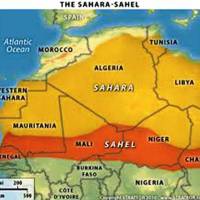
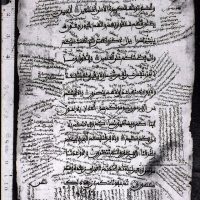
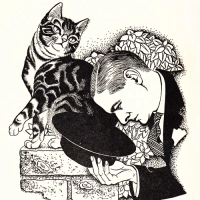

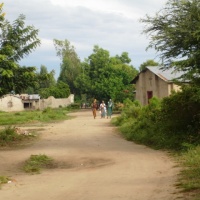
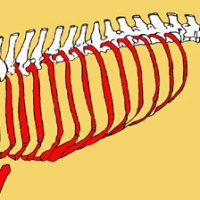
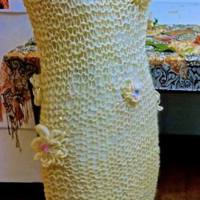
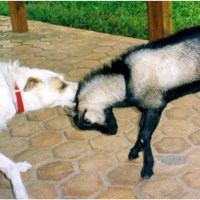














I love those raised goat houses. And agricultural fairs!
LikeLike
Yes – and this link gives more information on raised goat houses and other low-tech solutions for low-input farmers (most of the world’s farmers)…
LikeLike